What Makes Gecko Feet So Sticky?
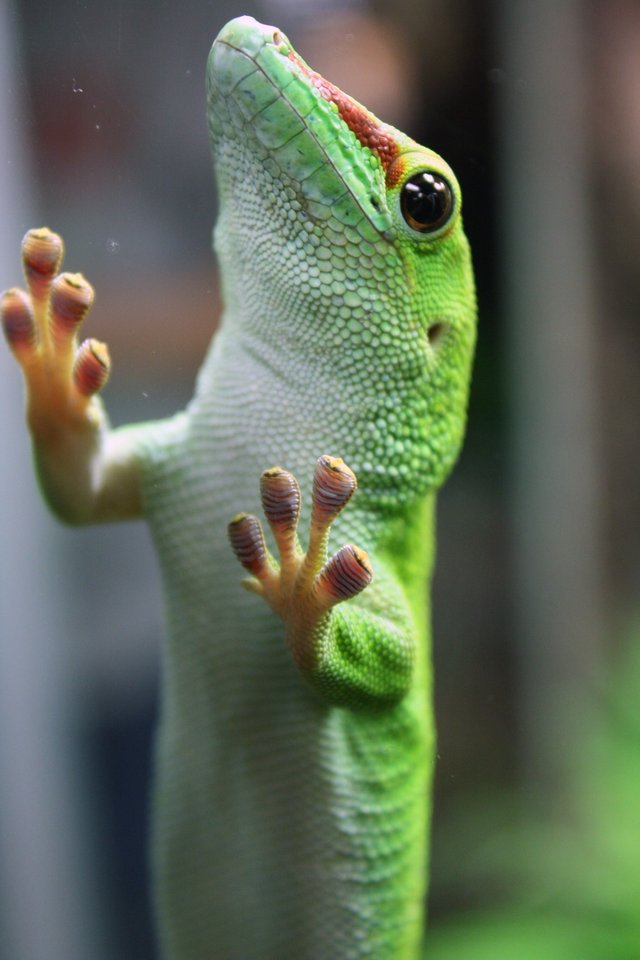
At one point or another, perhaps in a zoo or even in the wild, you have probably seen a gecko running across a vertical pane of glass. Geckos are well known for their ability to scale even the smoothest walls and hang upside down with little effort, giving them an edge when hunting food or escaping predators. But how does the gecko do this? How is it able to not only cling to glass, but run across it at remarkable speeds without falling off (even when it's wet)? What makes their feet so sticky?
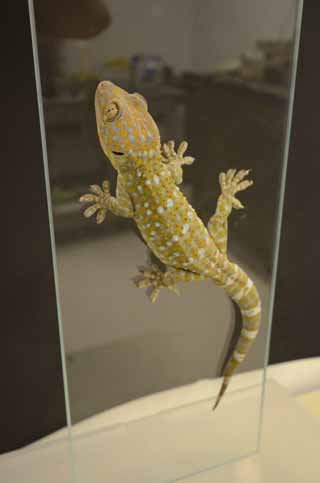
It was originally believed that the feet themselves were just sticky, covered in some sort of secretion that made them adhere to the wall like glue. However, while this could explain their ability to cling to smooth surfaces, the theory fell apart when the gecko moved. If a glue-like substance really held them to the wall, how were they able to pick their feet up so quickly and move across the glass at such speeds? Furthermore, they did not leave any residue in their wake suggesting that some other force was behind their sticky powers. As researchers studied the geckos, they made an startling discovery: the geckos can "turn on/off" their stickyness as needed.
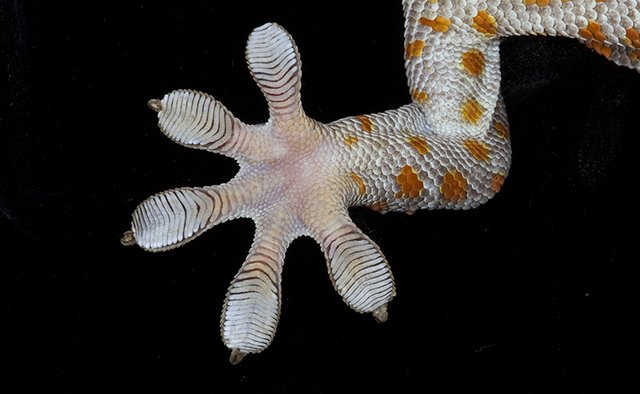
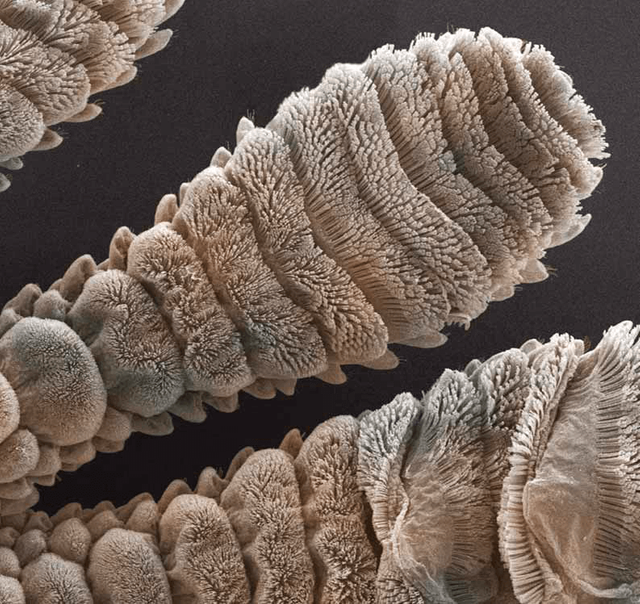
The toe pads are covered in thousands of microscopic hairs that we call setae; each individual seta splits off into hundreds more smaller bristles called spatulae. So how do hairs make a gecko sticky? These microscopic hairs fit so well into the contours of walls and surfaces that the van der Waals force comes into play. This force is a physical bond that occurs when the electrons in the gecko's toe molecules interact with electrons from the wall molecules. In effect, the gecko is clinging to the wall using electromagnetism.
"A gecko by definition is not sticky — he has to do something to make himself sticky. It's this incredible synergy of the flexibility, angle and extensibility of the hairs that makes it possible." -Alex Greaney, a professor of engineering at Oregon State University in Corvallis Source
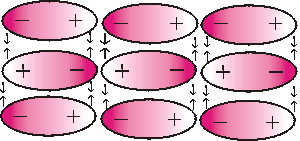
Now researchers have discovered how a balance of forces acting on the gecko and the angle of its toe hairs contribute to the creature's sticking success. The system makes it possible for geckos to stick and unstick their feet so quickly that they can scurry across surfaces at 20 body lengths per second. Source
The hairs don't stand at a 90 degrees angle, but rather branch off at oblique angles; the setae are ultraflexible and how they bend determines the attraction to the surface. If the hairs bend at an angle closer to that of the surface, the surface area that the toe can stick to increases, allowing the foot to hold more weight. The flexibility of these hairs also allows the gecko to absorb and redirect large amounts of force. If a gecko must jump to a different surface, perhaps to escape a predator, the setae redirect that energy so the gecko can keep moving.
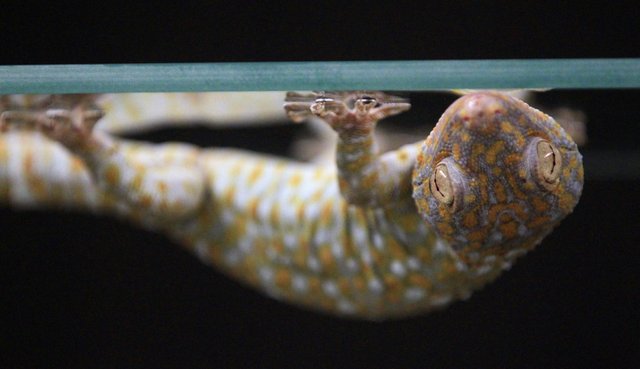
So can we apply this to humans? The answer is yes, though we still have a ways to go to fully develop this technology. Scientists have been working for the better part of a decade to create "gecko gloves" that would allow soldiers to move over obstacles with ease. Though many groups are getting closer (with some prototypes that work reasonably well), the dream of having your own gecko pads is still a ways off. However, as we study the geckos and their ability to distribute these forces, we will surely edge closer to a working design.
@herpetologyguy I mentioned my chameleon in a reply here yesterday. I have posted lots of photos of her here if you would like to take a look
Interesting post I enjoyed reading.
Yeah, geckos are amazing, and they can freak you out a little, too. They like it dark, and if you come into a room at night and turn on the light, they tend to dash along the walls into cover, like behind a locker or something.
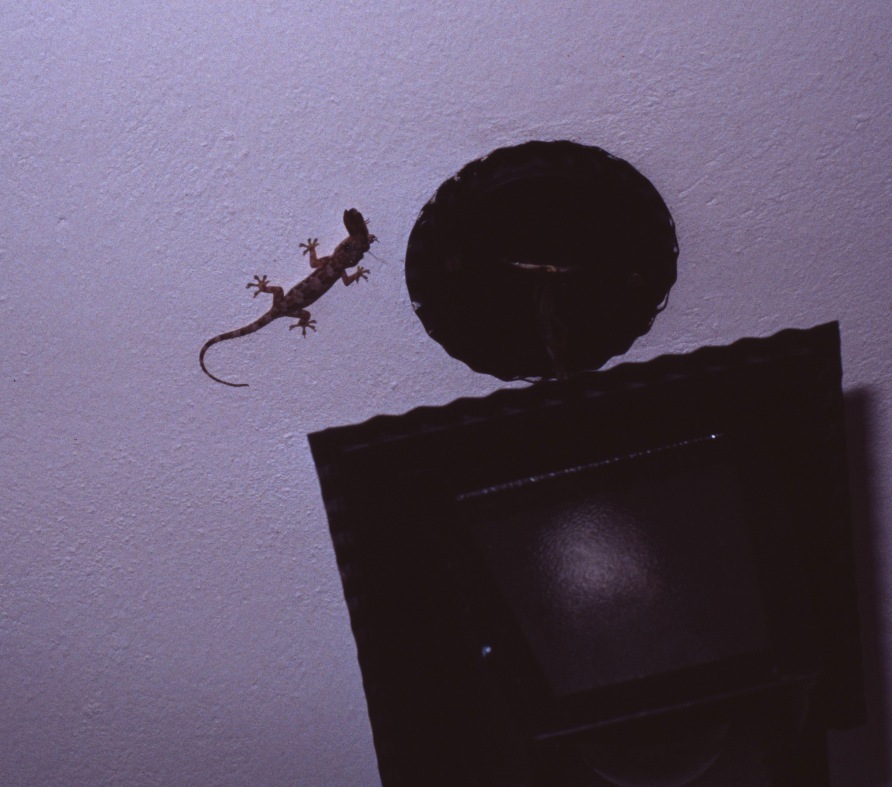
And they can even do this on the ceiling, as this photo shows, which I made on a visit to Brasil:
As you see, it had just caught a moth, and that thing next to it is the lamp on the ceiling.
No need to have a terrarium there - your friendly reptiles are just living under your bed... :)
I worked for a company that had a traveling gecko exhibit. It had some awesome information on the topic of their stickiness. It blew my mind to think and animal had the ability to bond with a substrate on a molecular level. I love nature....
I am fascinated my lizards having once had 2 green Iguanas and more recently a chameleon. Thank you for this post, happy to learn more about our reptilian friends.
Great post. As usual, I am learning a lot when I am reading what you write! I am looking forward to try a gecko glove ^^
Me too! The biggest hurdle for developers is that our legs are far stronger than our arms...so even well designed gloves just don't hold our weight. But the video above is the first attempt to distribute the weight/strength more evenly across the body. A good step forward!
Yep. We just need to be a little bit more patient, before being able to all be spider-gecko-man :)
very interesting!
This post has been ranked within the top 80 most undervalued posts in the second half of May 30. We estimate that this post is undervalued by $19.73 as compared to a scenario in which every voter had an equal say.
See the full rankings and details in The Daily Tribune: May 30 - Part II. You can also read about some of our methodology, data analysis and technical details in our initial post.
If you are the author and would prefer not to receive these comments, simply reply "Stop" to this comment.
Very interesting!